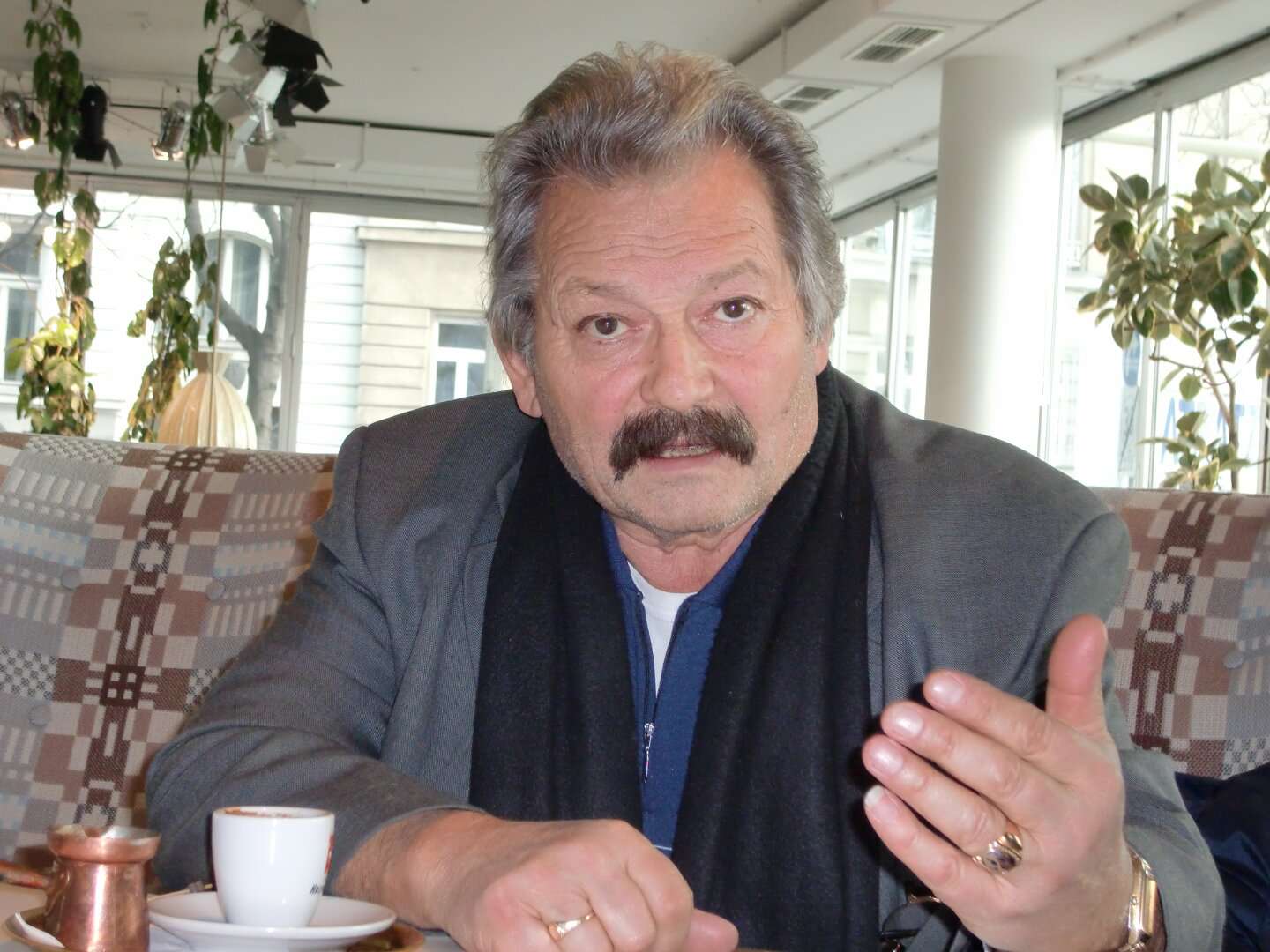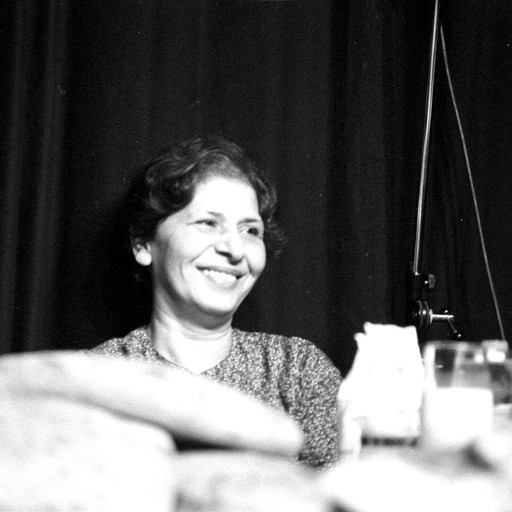Narrators and Narrating Situations
Oral narration and storytelling in their own language is well documented among Roma, less so among Sinti (though still may exist). As far as it is still practiced, it follows a general pattern, but is, for the most part, not carried out by professional narrators. Members of various communities from different countries describe how wake vigils – when scores of relatives and friends gather in the house of the deceased and hold a vigil for at least one night – are often used as fitting ‘public’ occasions for hours of storytelling; apart from this, however, the preference for specific narrators and narrating situations varied from one language community to another and from one family to another.
In some Slovak Roma communities in the former Czechoslovakia there were certain storytellers, mostly male, held in high esteem as good narrators and reputable persons, around whom a large audience gathered for a kind of public performance (Hübschmannova 1996). The audience showed their respect for the narrator by maintaining a certain discipline – staying quiet and not interrupting while he or she was speaking.
In the 1980s, the Hungarian Rom Mihály Rostás reported that in his village in northeast Hungary some wakes would last two nights, during which stories were continuously told. Restrictions were placed on the type of story told, however: lewd and droll stories were frowned upon (Grabócz & Kovalcsik 1988). In Rostás’ circle of family and friends, events that were part of the story often sparked heated discussions, in which the listeners became intensely involved – a stark contrast to the aforementioned almost ‘public’ gatherings of Servika Roma, where the storyteller was not to be interrupted.
According to speakers from communities of Serbian Kalderaš, it was common for families to sit together in the evening or through the night and tell stories as a leisure activity, sometimes because they lacked alternatives for spending their free time. Within families there were certain storytellers who were definite favourites and were treasured for their imaginativeness and ingenuity in making up stories. Female storytellers appear to have been rare and mainly to have been responsible for entertaining the children.
In other Roma communities, for instance among some Arlije from Serbia, Macedonia and Kosovo, as well as among Sepečides (basket weavers) in the area around Izmir in Turkey, both men and women acted as narrators, so that the next generation heard the stories from family members of both sexes. Producing their handicrafts at home enabled them to sit together, chat and tell stories while they were working.
Documentation
The oral storytelling by narrators from Roma communities has been increasingly documented, including by Roma themselves, since the mid-1950s, i.e. since transportable battery-operated tape recorders became available. For example, over a number of decades the poet Károly Bari compiled an extraordinarily large collection of sound documents and published transcripts of some of the material (see Bari 1990; 2013).
No matter how comprehensive the documentation may be, it can never claim to be exhaustive. While the storytellers themselves usually decide what they present to which audience in the respective situation and what is documented permanently, the fact of a performance being recorded may influence the narrator’s decision what to tell in detail. Narrators may, for example, decide against presenting a risqué episode or interjecting a coarse expression.
Recording oral storytelling in writing through dictation or from memory, the common practice prior to the development of suitable recording media, cannot convey the linguistic reality of the live narration. An authentic narrative situation or natural flow of speech are lacking in these cases. To give an accurate representation of how the narration unfolds, the rhythm of the language and the tone of voice, at the very least an audio recording is needed, whereby only a video recording can capture the mimicry and gestures of the narrator.
Only audio recordings in the original language furnish reliable evidence for what has been transcribed and translated in a written edition. One example of this are the extensive recordings of Mozes F. Heinschink held in the phonogram archive of the Austrian Academy of Arts and Sciences; a selection of these recordings has been edited and published in written form by Drava Verlag (Klagenfurt/Celovec).
In contrast, only a few original recordings are available from the multi-volume edition of Roma tales compiled by Mode and Hübschmannová (1983–1985). The collections of tales from the nineteenth and early twentieth centuries (not published in the original language), for example, those by Heinrich Wlislocki or Walter Aichele and Martin Block, are not even remotely reliable as sources or documentation of oral literature – not to mention the outrageous general remarks and comments by the collectors about the people who told the fairy-tales (Renner 1992: 177ff; Solms 2007: 139f; Krausnick & Strauß 2008: 57,122).
As audio recordings may be of poor technical quality or have interference from the surroundings (wind, background noise), the quality of the recording is a criterion for deciding whether a piece is suitable for presentation. The current recordings can thus offer only a small sample of a cultural heritage that is far richer and far more extensive than can ever be presented.







